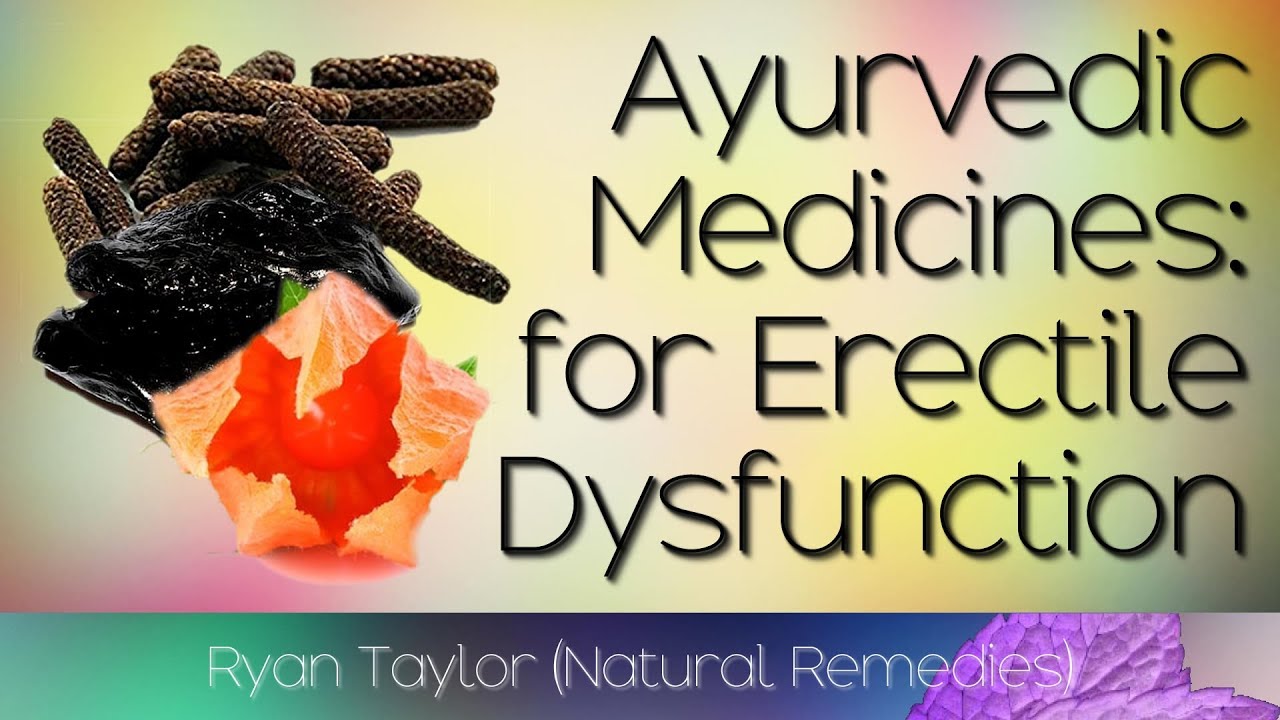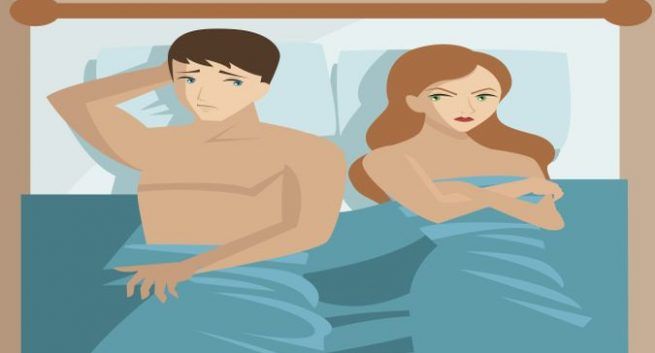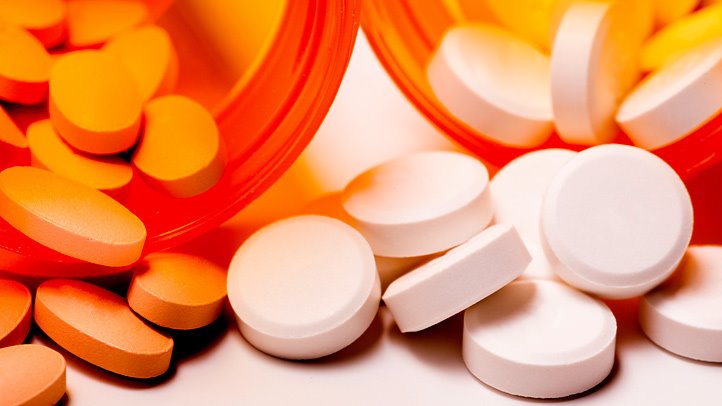Definition of Erectile dysfunction
The term “erectile dysfunction” can mean the inability to achieve erection, an inconsistent ability to do so, or the ability to achieve only brief erections.
Ayurveda defines Erectile dysfunction or ED as follows.
Erectile dysfunction (ED) is the inability of a man to achieve or maintain an erection sufficient for his sexual needs or the needs of his partner. Erectile dysfunction is sometimes called as “impotence”.
Sankalpapravano nityam Priam vashyaamapi sthreeyam||
na Baath lingashaithilyaath kadaachidyaathi vaa yadi |
Shwaasaarthaha swinnagaatrshcha moghasankalpacheshtitaha||
mlaanashishnashcha nirbeejaha syodetat klaibyalaxanam |
This means even though a man has a strong desire to perform a sexual act with a cooperative partner, he can not perform sexual act because of looseness (absence of erection) of his phallus (penis). If he performs a sexual act with his determined efforts he does not get an erection and gets afflicted with frustration, tiredness and perspiration to perform sex, even
Physiology of erection
Due to mental or sensory stimulation, or both, the erection begins. Due to impulses from the brain and local nerves the muscles of corpora cavernosa allow and relax blood to flow in and fill the spaces of spongy tissue.
The flow of blood creates pressure in the corpora cavernosa, making the penis expand. The tunica albuginea helps trap the blood in the chambers, thereby sustaining erection. When muscles in the penis contract to stop the inflow of blood and open outflow channels, erection recedes.
The two chambers of penis (corpora cavernosa,) which run through the organ are filled with spongy tissue. The urethra, which is the channel for urine and semen runs along underside of the corpora cavernosa.
In ayurveda physiology of erection and ejaculation is described as follows
Vrishunow basthimedram cha naabhyuuru vankshnow gudam |
Apaanasthaanamantrasthaha supra mootra shakrunti cha||
The “apaanavayu” one of the five types of value is located in the testicles, urinary bladder, phallus, umbilicus, thighs, anus, colon and groin. Its functions are ejaculation of semen, voiding of urine and stools”
Shushruta explains the process of erection and ejaculation as” When a man has desire (iccha) to have sex, his response to touch increases (Vayu located in skin causes flow of signals from skin to brain, thus causing the sensation of touch). Thus tejas and may increase body temperature, heart beat and blood flow causing erection. “.
The flow of blood creates pressure in the corpora cavernosa, making the penis expand. The tunica albuginea helps trap the blood in the chambers, thereby sustaining erection. When muscles in the penis contract to stop the inflow of blood and open outflow channels, erection recedes.
Shushruta explains the process of erection and ejaculation as” When a man has desire (iccha) to have sex, his response to touch increases (Vayu located in skin causes flow of signals from skin to brain, thus causing the sensation of touch). Thus tejas and may increase body temperature, heart beat and blood flow causing erection. “.







